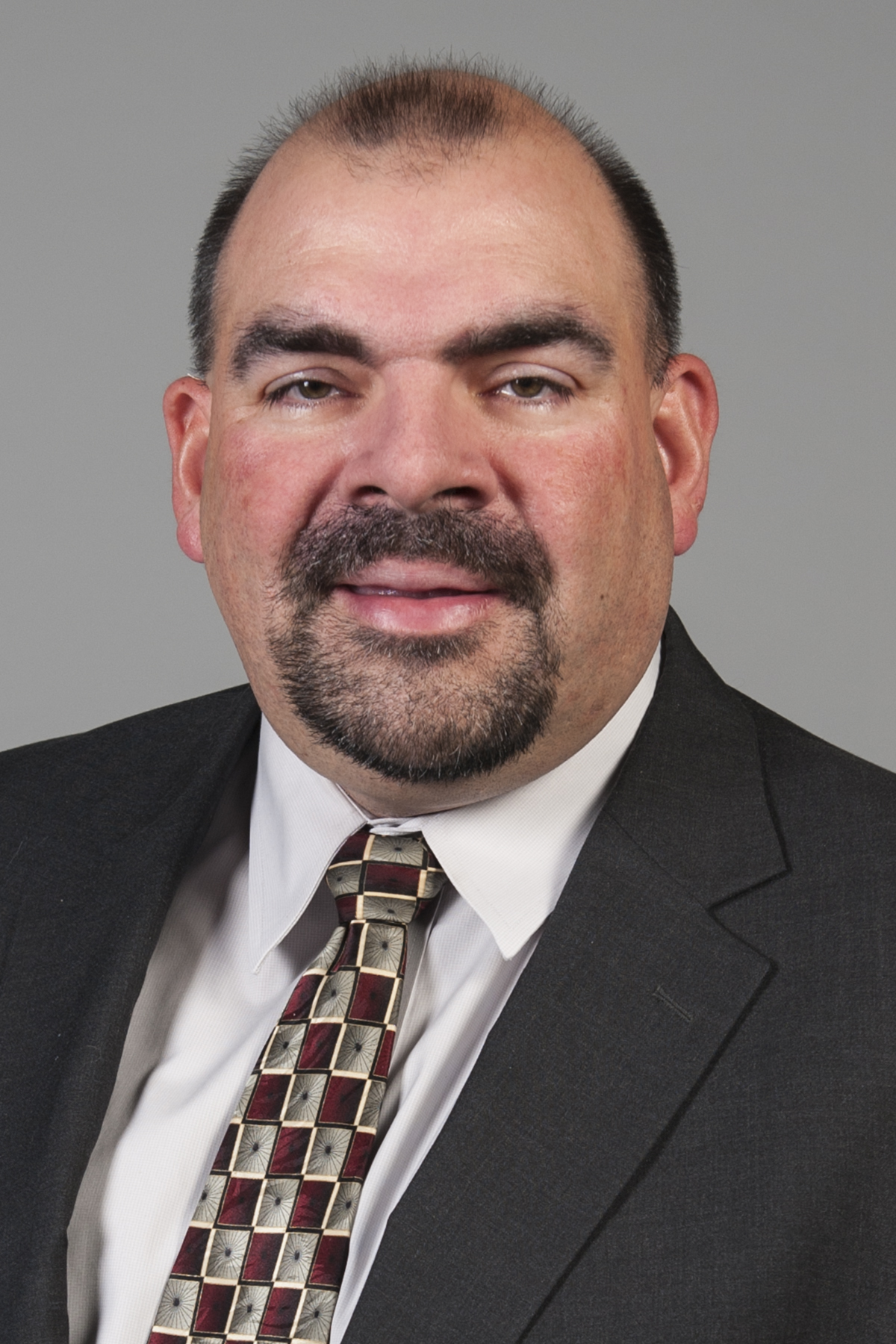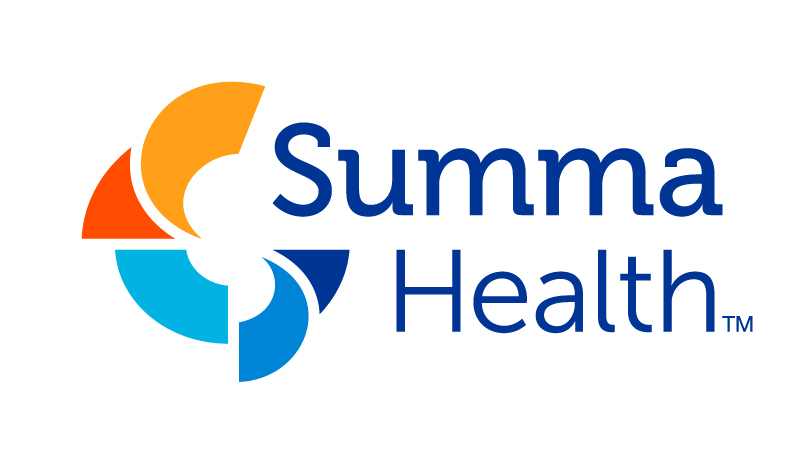At Summa, pharmacy finds its place in population health

“We see improvements everywhere we’ve installed our transitions of care program, with pharmacists and technicians on the floors, conducting medication reconciliation, adherence screening, and discharge counseling. We see patient satisfaction scores going up and readmission rates going down.”
On this page:
- The Challenge
- Q&A
- Vital Statistics
- Core Technology
At Summa Health, John Feucht leads pharmacy services for the health system. He’s also embraced another role: nurturer in chief. Initiatives such as retail pharmacy, specialty pharmacy, population health pharmacy, and ambulatory care resident programs all started as staff ideas that were nurtured into successful programs.
Q&A
-
Q: In what ways have inpatient pharmacy services changed to support Summa Health’s transition to a population health organization?
Pharmacists are uniquely positioned to contribute to the population health mission and vision. We are an interface, a conduit, to patients, particularly in the ambulatory and retail spaces, but also on the acute care side.
Our inpatient pharmacists perform activities such as medication histories, reconciliations, adherence screenings, and discharge medication counseling. When utilized together with our meds-to-beds prescription delivery program, patients are less likely to be readmitted or have negative outcomes as a result of not taking their medications.
Obviously, the pandemic and current patient surge that we’'ve experienced over the last 10 months has slowed the expansion of these services; it’'s been an all-hands-on-deck effort, getting meds to patients being treated in non-traditional areas of the hospital.
-
Q: How have you changed ambulatory pharmacy services to fit your population health model?
We expanded our ambulatory pharmacist presence at our internal medicine center, at our family medicine center, and at our other clinics. Pharmacy has had a long-standing presence at our Akron campus anti-coagulation clinic, and now we’re expanding that to the Barberton campus.
Our pharmacists are working side by side with other providers to deliver true, coordinated care, as patients transition from acute settings to the ambulatory space to home.
For instance, pharmacists are embedded within physician practices. They’re seeing patients and counseling them on medication adherence, and helping to knock down barriers such as prescription affordability, transportation issues, or other social determinants of health.
Also, we added a population health pharmacist within our Accountable Care Organization (ACO). That position will oversee the pharmacy components of all of the physician practices that roll up under that ACO.
-
Q: What steps did you take to transform your pharmacy team to support population health initiatives?
One of my goals when I assumed this role with the organization seven years ago, was to get everyone on the pharmacy team practicing at the top of their license.
We have various tools to do that, including the use of an automation system to take on repetitive tasks and the expansion of educational programs.
Doing those things creates the foundation for the team’s ability to practice on the floor, round with physicians, visit with patients, and to do the medication reconciliation and other activities. It’s been gratifying to see those practices come to fruition.
-
Q: Can you talk more about your pharmacy educational programs?
We’re fortunate to have a progressive practice in regards to population health management, and I attribute that to the value of being plugged into the pharmacy education system.
We have four faculty members with shared positions between the Northeast Ohio Medical University College of Pharmacy and Summa Health. These individuals lecture on the college campus, see patients, and have a practice at the hospital. They’re always staying current with the latest trends in pharmacy, and are educating our staff, preparing them for this evolution in practice.
We also have an active pharmacy residency program, including positions in ambulatory care and in pain and palliative care. These are great training grounds for new ways of delivering care, particularly in population health. They also are a conduit for hiring pharmacy talent, who help to bring these new practices to the larger pharmacy staff.
-
Q: What steps are you taking to lessen the impact of the pharmacy technician shortage?
There’s been a significant technician shortage in Ohio and nationwide for the past few years. COVID-19 made it worse. Folks aren’t looking to change jobs. They’re certainly not looking to walk into the teeth of the pandemic at a healthcare organization.
We have a multi-phased methodology to address the pharmacy technician shortage. One is a grow-your-own approach. We’'re partnering with a local high school to develop a technician education curriculum. Program graduates will be eligible to earn certification and state licensure, followed by employment at Summa Health.
Another approach is through automation, which has always been a passion of mine. Automating manual tasks with technology—such as the XR2 centralized filling robot—helped us to redeploy the technical staff to higher value roles while improving patient safety. Automation also helps to fill gaps for open positions we’ve been unable to fill, both in inpatient and in retail settings.
-
Q: How are you monitoring your team’s transformation to population health?
Let’'s start with the pharmacy team. They’re passionate about the work that they are doing. It’s why they got into pharmacy. I constantly get that kind of feedback directly, and that’s also supported by employee engagement tools. The team’s innovation and dedication to work outside of the box, to constantly strive to get better, has been very gratifying to me personally.
An indirect form of feedback is turnover. We have very low pharmacist turnover. Nobody leaves unless they retire or relocate. It’s gratifying that we’re creating an environment and culture in which people want to work.
Also, there are tangible performance metrics that show the approach we’re taking is working. For instance, we see improvements everywhere we’ve installed our transitions of care program, with pharmacists and technicians on the floors, conducting medication reconciliation, adherence screening, and discharge counseling. We see patient satisfaction scores going up and readmission rates going down.
From an organizational perspective, I’m getting calls from department chairs asking, ‘When are we going to get a pharmacist in our department?’ To me, that proves the value of pharmacy’s presence and the contributions pharmacy is making to patient care. There are no higher accolades that we could ask for.
-
Q: What’s next for pharmacy’s role in population health?
We’re just beginning a focus on pulmonology and chronic obstructive pulmonary disease. Because of our specialty pharmacy capabilities, it looks to be an opportunity where we can make a real difference for patients. Particularly with regards to patient counseling—helping patients navigate the biologic products now available in the pulmonology space—and in amplifying the work that’s now being done in that clinic.
Recently, we were approached by a health plan to partner on a demonstration project in which our pharmacists would be recognized as providers. This is exciting not only from a reimbursement perspective, but also as a way to push the pharmacy agenda further in Ohio and at the Federal level.
Vital Statistics

Summa Health
- Hospitals3
- Staffed Beds949
- Employees5,379
- Affiliated Physicians1,172
- Ambulatory Surgery Center1
- Specialty Pharmacy1
- Home Infusion1
- Retail Pharmacy2
Core Technology
Omnicell technology in use includes:
 Back to Customer Stories
Back to Customer Stories